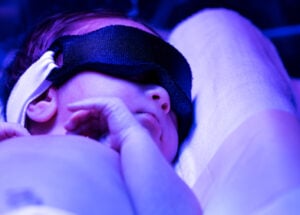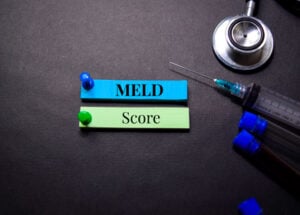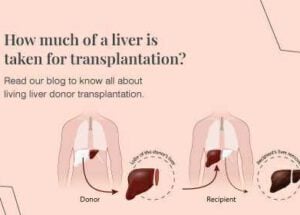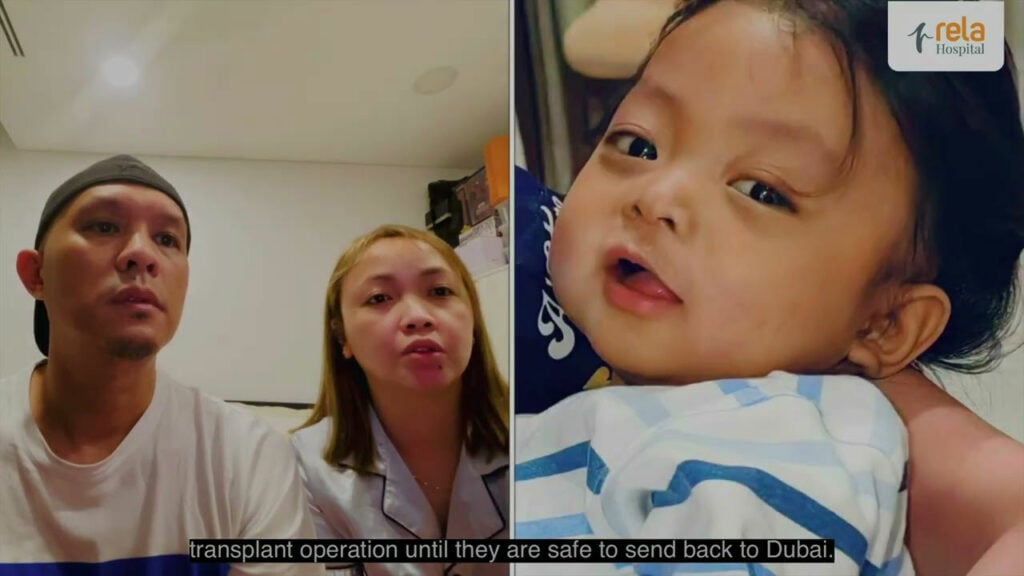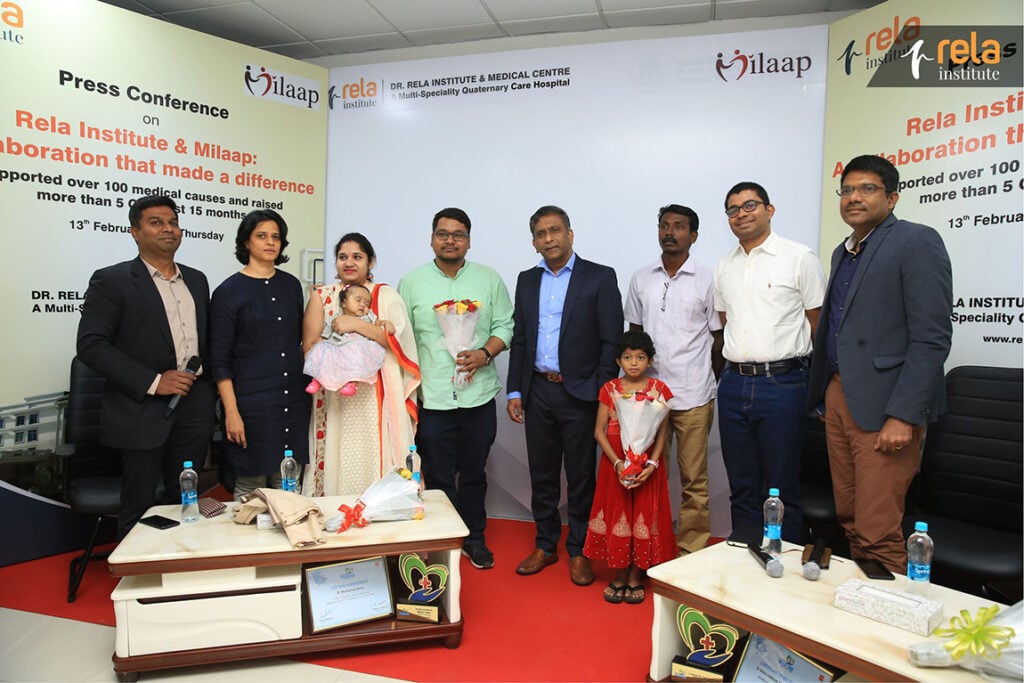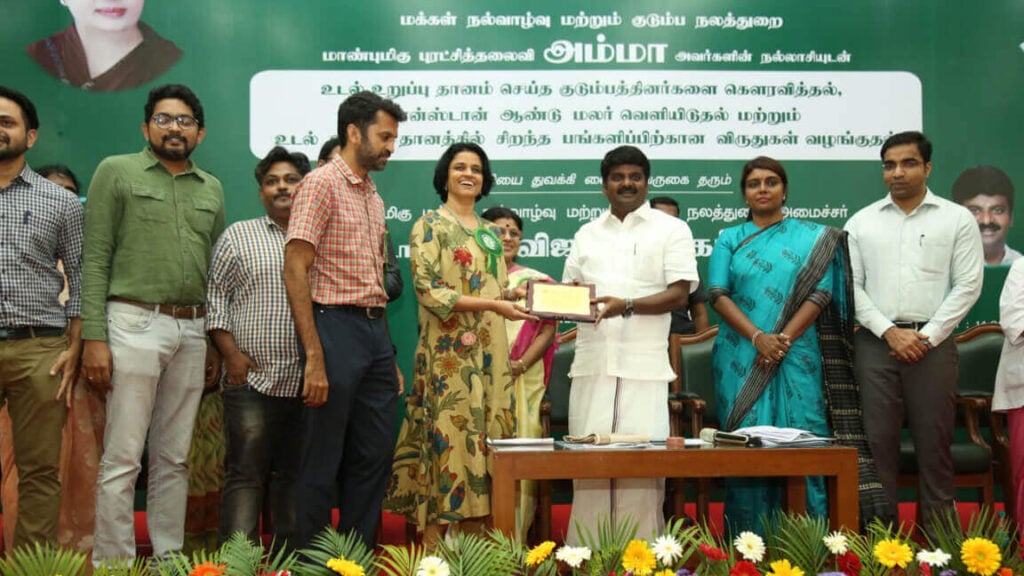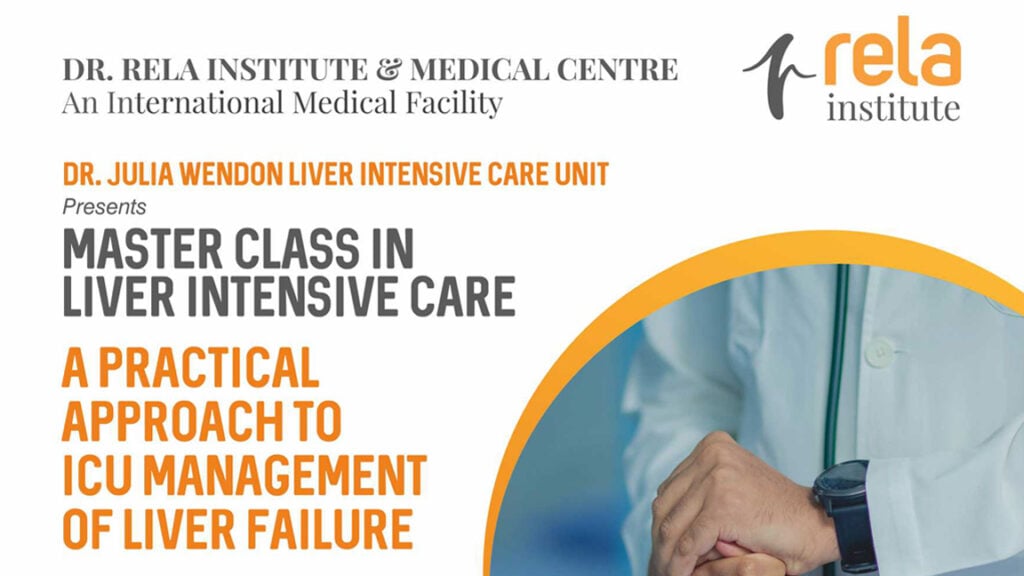Choledocholithiasis
What is choledocholithiasis?
Choledocholithiasis (also called bile duct stones or gallstones in the bile duct) is the presence of a gallstone in the common bile duct. Gallstones usually form in your gallbladder. The bile duct is the small tube that carries bile from the gallbladder to the intestine. The gallbladder is a pear-shaped organ below your liver in the upper right side of your abdomen. These stones usually remain in the gallbladder or pass through the common bile duct unobstructed.
However, about 15 percent of all people with gallstones will have gallstones in the bile duct, or choledocholithiasis.
What are the symptoms?
Gallstones in the bile duct may not cause symptoms for months or even years. But if a stone becomes lodged in the duct and obstructs it, you may experience the following:
- Abdominal pain in the right upper or middle upper abdomen
- Fever
- Jaundice (yellowing of the skin and eyes)
- loss of appetite
- Nausea and vomiting
- Clay-colored stools
The pain caused by gallstones in the bile duct can be sporadic, or it can linger. The pain may be mild at times and then suddenly severe. Severe pain may require emergency medical treatment. The most severe symptoms may be confused with a cardiac event like a heart attack.
When a gallstone is stuck in the bile duct, the bile can become infected. The bacteria from the infection can spread rapidly, and may move into the liver. If this happens, it can become a life-threatening infection. Other possible complications include biliary cirrhosis and pancreatitis.
Who is at risk?
People with a history of gallstones or gallbladder disease are at risk for bile duct stones. Even people who have had their gallbladders removed can experience this condition.
Diagnosing choledocholithiasis
If you have symptoms, a doctor will want to verify the presence of a gallstone in the common bile duct. He or she may use one of the following imaging tests:
Transabdominal ultrasound (TUS): an imaging procedure that uses high-frequency sound waves to examine the liver, gallbladder, spleen, kidneys, and pancreas
Abdominal CT scan: cross-sectional X-rays of the abdomen
Endoscopic ultrasound (EUS): an ultrasound probe is inserted on a flexible endoscopic tube and inserted through the mouth to examine the digestive tract
Endoscopic retrograde cholangiography (ERCP): a procedure used to identify stones, tumors, and narrowing in the bile ducts
magnetic resonance cholangiopancreatography (MRCP): an MRI of the gallbladder, bile ducts, and pancreatic duct
percutaneous transhepatic cholangiogram (PTCA): an X-ray of the bile ducts
Labs
Your doctor may also order one or more of the following blood tests to look for an infection and to check liver and pancreas function:
- Complete blood count
- Bilirubin
- Pancreatic enzymes
- Liver function tests
Treating choledocholithiasis
Treating gallstones in the bile duct focuses on relieving the blockage. These treatments may include:
- Stone extraction
- Fragmenting stones (lithotripsy)
- Surgery to remove the gallbladder and stones (cholecystectomy)
- Surgery that makes a cut into the common bile duct to remove stones or help them pass (sphincterotomy)
- Biliary stenting
The most common treatment for gallstones in the bile duct is Endoscopic sphincterotomy (ES). During a ES procedure, a balloon- or basket-type device is inserted into the bile duct and used to extract the stone or stones. About 85 percent of bile duct stones can be removed with ES.
If a stone does not pass on its own or cannot be removed with ES, doctors may use lithotripsy. This procedure is designed to fragment stones so they can be captured or passed easily.
Patients with gallstones in the bile duct and gallstones still in the gallbladder may be treated by removing the gallbladder. While performing the surgery, your doctor will also inspect your bile duct to check for remaining gallstones.
If stones cannot be removed completely or you have a history of gallstones causing problems but do not wish to have your gallbladder removed, your doctor may place biliary stents (tiny tubes to open the passage). These will provide adequate drainage and help prevent future choledocholithiasis episodes. The stents can also prevent infection.
How can it be prevented?
If you have bile duct stones once, it’s likely you will experience them again. Even if you have your gallbladder removed, a risk remains.
Lifestyle changes such as moderate physical activity and dietary changes (increasing fiber and decreasing saturated fats) can reduce your likelihood of developing gallstones in the future.



